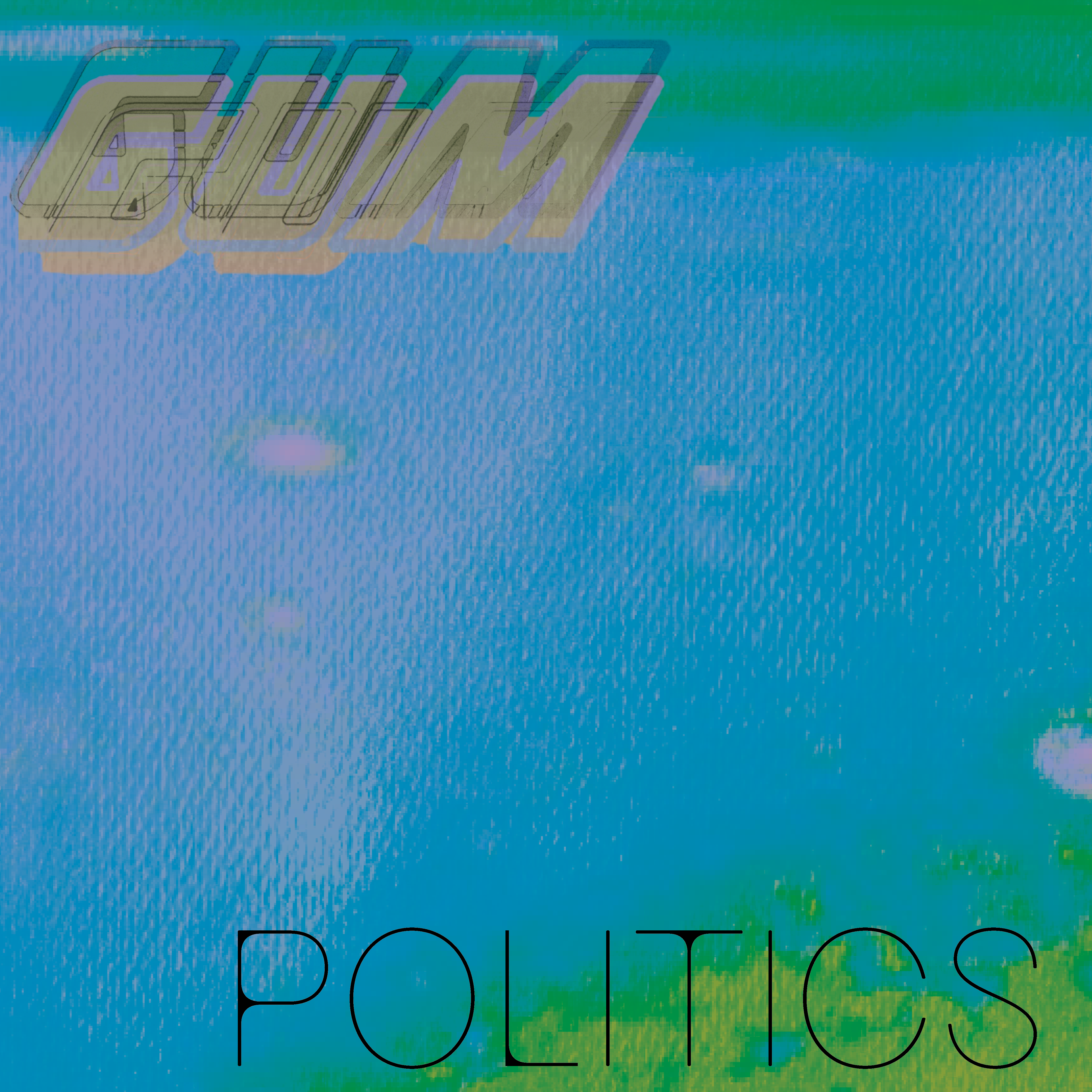Words: Alycia Marquis (She/Her)
Diversity does not equal inclusion. We often associate the words in our minds but the two don’t necessarily correlate. Whilst diversity is hailed as a measurement of societal progression and an achievement within politics, culture, and media, it does not necessarily mean that all demographics are fused within society. And, as the number of displaced people soars, it’s time we wake up to this difference in terms.
As France prepared to hold the 2024 Olympics, it announced that athletes representing the host nation would be prohibited from wearing a hijab, in line with the 2004 legislative ban on all symbols or clothes that ‘clearly show a religious affiliation in public’. This is only the most recent debacle in France’s long running battle between its secularist principles and its large muslim population.
This latest move, however, has received unwelcome attention from the UN, pointing to the international standards on human rights which prohibit governments from policing clothing. The ban on headscarves was further challenged by a group of female football players called Les Hijabeuses, who were unfortunately shut down by French Interior Minister Gérald Darmanin. His justification being that it was not necessary to know the religion of the person playing in front of you. But, for many Muslim women and girls, this outward expression of their faith is a necessity; they should not be made to compromise a part of their identity in order to pursue their talents. All this on the Olympic forum, where athletes expect the support of their country.
The issue of religious expression has re-emerged within French politics, now refocusing on students’ clothing. Last month, French Education Minister Gabriel Attal, announced his clear intention to ban the abaya and khamis, garments traditionally associated with Islam, in state schools. The reasoning for such a ban echoed repeated calls for secularism, but has been criticised by many as racist. The measure has also been deemed unenforceable, as abayas and khamis are difficult to distinguish from other long garments.
This new policy overwhelmingly impacts Muslims, whose outward expression of their religion, through clothes especially, is central to their religious practice. Coupled with their ban on hijabs within public sports, France’s government has failed to produce an inclusive multi-ethnic educational and sporting framework.
This issue, like that of many European nations, dates back to the post-1945 era, when France welcomed migrants to help rebuild their economy after the war. From the 1950s-1980s, France built estates or ‘banlieues’ in the suburbs of its largest cities, away from tourist areas to house migrants. The estates are mainly inhabited by Black and Muslim people and are often isolated, unvisited, and uncared for by the wider French public, except when journalists drop in only to report on car burnings and drug shootings.This exclusion has perpetuated Muslim stereotypes and facilitated fears of increased migration.
Despite France’s relatively high levels of ethnic and religious diversity, the issue of Muslim migration, especially from Maghreb, has been a defining issue in French politics.
French laws prohibit conducting a national census that categorises its citizens in terms of race or religion, but population and demographic data are compiled by independent agencies such as the INSEE through surveys and polls. In 2018, the INSEE reports that the population rose by 317,000 people, of which 44% were immigrants and a further 128,000 immigrants settled in France between 2019 and 2020. Muslims, however, still make up a relatively small proportion (10%) of the population, in 2020, according to the INSEE. Nonetheless, France has continued to enforce secular legislation over the years causing partisan uproar within the government.
Their justification of religious neutrality rests in unfounded fears of public safety, which worsened after the 2015 Paris terrorist attacks. France’s top administrative court upheld the ban on female footballers wearing hijabs while playing, in order to ‘guarantee the smooth running of matches and prevent clashes or confrontations.’ However, in 2018 when two women were fined for wearing the niqab, the UN human rights committee argued that the state had failed to support its claim that the niqab presents a threat to public security. Rather, it said that the ban could potentially further marginalise women by confining them to their homes and reducing their access to public services.
France’s continual, ‘obsessional rejection of Muslims’, as put by MP Clémentine Autain, constitutes both religious and gender-based discrimination. This double burden prevents diversity from stretching into inclusivity. Muslim women should feel the support of the state and its laws, who are meant to represent and serve them. They should not be made to feel excluded or “other”, especially when representing France at an international competition.
The alienation of Muslims within French society has made its diversity redundant; without fusion into wider society and inclusivity, diversity cannot be hailed as a progressive measure.
https://www.insee.fr/en/statistiques/7342918?sommaire=7344042
https://www.newyorker.com/magazine/2015/08/31/the-other-france

